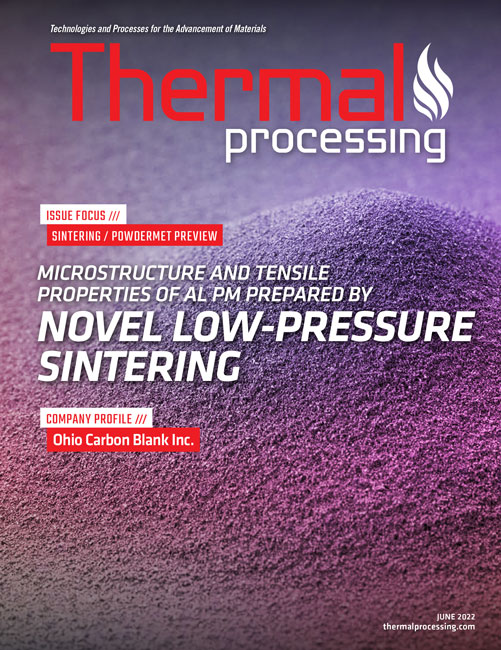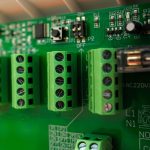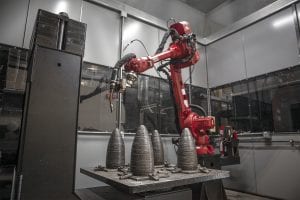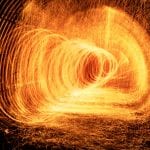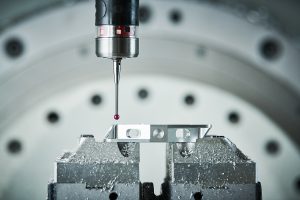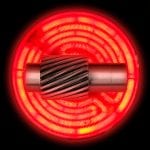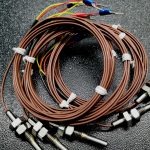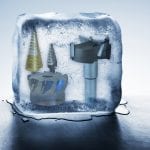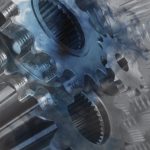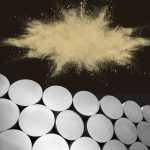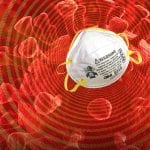The high-tech medical industry is one of the most demanding in terms of standards, procedures, and technical parameters that must be met by the equipment involved in the production process. This is not surprising, because the complex components integral to medical equipment (e.g. RF components and components for X-ray tubes) must be characterized by maximum precision. They take part in processes that ultimately determine not only the treatment quality, but also human life. This is the reason when choosing the equipment for their hardening plant, medical equipment manufacturers are primarily guided by quality and reliability.
Equipment such as SECO/WARWICK’s Vector vacuum furnace can be used to carry out heat-treatment processes during medical equipment production. The product is intended for annealing and brazing processes.
The Vector ordered by SECO/WARWICK’s partner operates well in many precision industry branches, such as aviation, automotive, and medicine. The company sells a lot of devices for soldering processes used in industrial production. This time, the partner specializes in soldering complex elements that require very high precision.
Medical industry and heat treatment
The medical industry uses heat treatment to a very large extent. One of the SECO/WARWICK’s partners is a surgical instrument manufacturer. Various hardening, tempering, and soldering processes are carried out to produce these types of parts.
“In surgical instrument production, properties such as strength, hardness, and corrosion resistance are taken into account,” said Adam Adamek, Vacuum Segment Sales Team Manager at SECO/WARWICK. “The high quality of the processed elements can only be obtained by processing in vacuum furnaces. For surgical instruments, it is very common to perform hardening and tempering in one cycle in a vacuum furnace.”
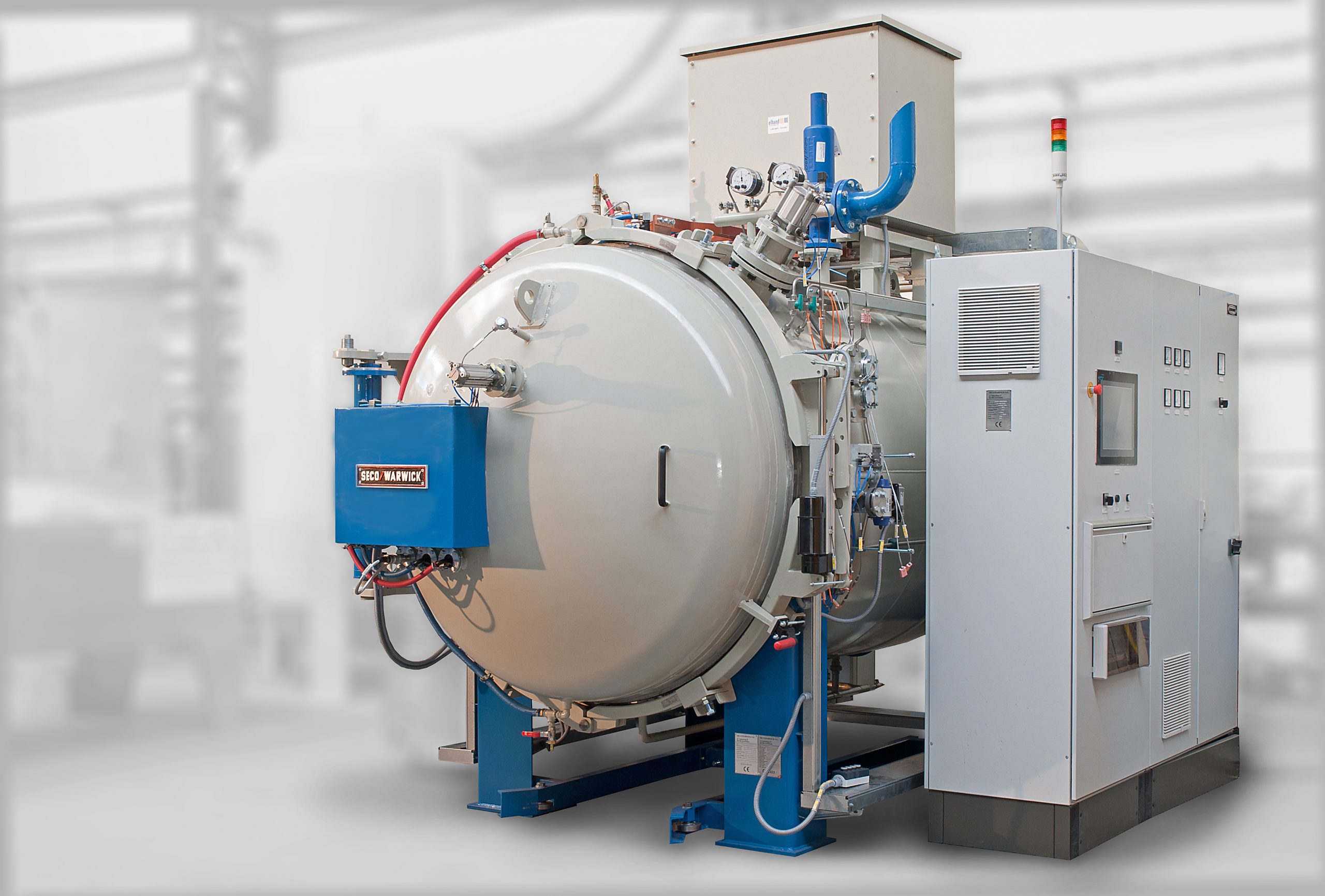
Varying hardening temps
Different materials require different hardening temperatures, for example: 980°C for the X20Cr13 steel grade or 1,050°C for the X39Cr13 steel grade. Then the tempering process is carried out at a temperature of 240°C to 300°C, which allows the material to obtain a hardness at approximately 45 HRC or even above 50 HRC. To achieve a sufficiently high quality, a high vacuum level is needed in order to obtain the perfect surface quality.
Tempering should be carried out immediately after hardening in the same furnace, without opening the door, thus minimizing the risk of oxidation. The ±5°C temperature distribution uniformity in the working zone is also very important. It determines the austenitization temperature accuracy of the entire load and each individual detail. Therefore, not only are the properties of the furnace itself crucial, but also the operator’s experience in the load distribution. Failure to meet the temperature condition may result in a failure to reach the austenitization temperature or in overheating, which has an impact on the result of hardness, grain growth, and carbide separation.
Forged dies are also needed to produce surgical instruments. Scalpels, scissors, and other surgical instruments are forged from corrosion-resistant steel. Atmospheric furnaces are used to heat the dies before forging.
The correct course for the entire process determines the appropriate tool life achievement, usually counted in thousands of cycles. High strength, ductility, hardness, resistance to abrasion at high temperatures, and thermal fatigue are the important parameters for forging dies used for manufacturing surgical instruments. Hardening processes should be carried out in vacuum furnaces with a high-pressure gas hardening system. Vacuum helps to avoid problems with decarburization and oxidation of the tool surface. In order to reduce deformation and the risk of tool breakage, the die hardening furnace should be equipped with an isothermal cooling function.
Another important element of the furnace equipment is convection heating, which enables the tempering process immediately after hardening, but it also results in the load’s effective uniform heating at low temperatures (reduction of thermal deformation).
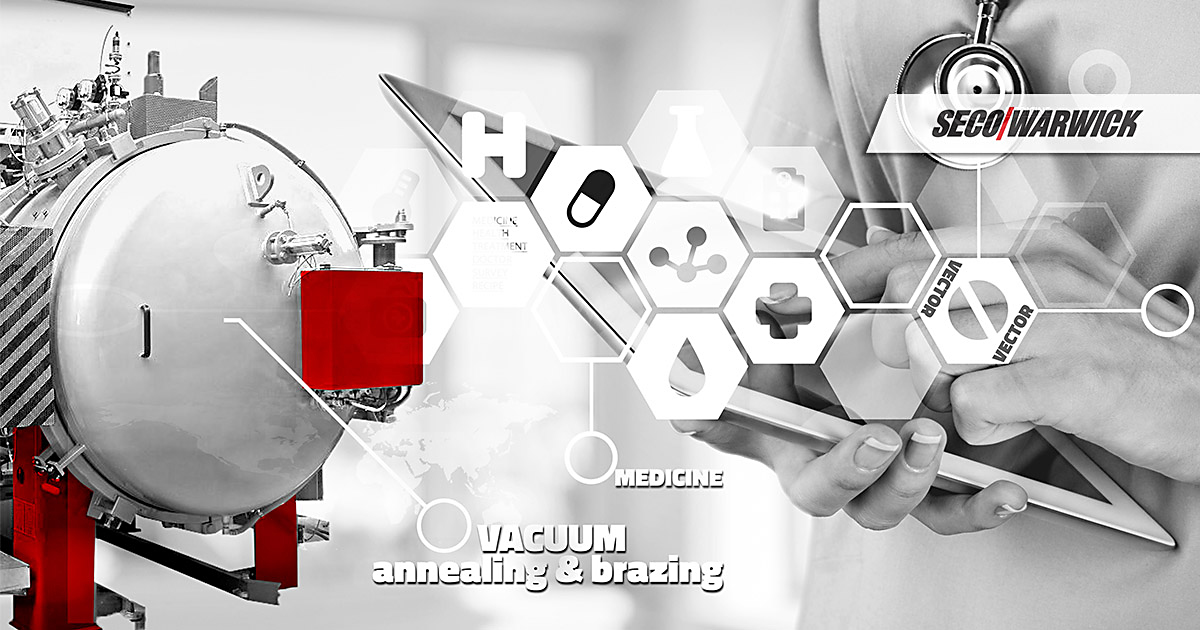
3D printing in the medical industry
Year by year, 3D printing technology plays a greater role in the dental, medical, and ophthalmic industry, because the medical industry, which produces implants, more and more often produces them with the incremental method. Vector 3D furnaces using annealing processes are perfect to produce these elements.
SECO/WARWICK’s experience in the medical industry
Apart from the examples described, SECO/WARWICK has a very large portfolio of customers from the medical industry. An interesting example is a company producing venous stents. This customer uses the Vector HV furnace to anneal the components needed to manufacture the stents.
Another SECO/WARWICK partner — Karlsruher Institut für Technologie — uses heat-treatment furnaces for the elements needed to build gyrotrons. Gyrotrons are used in nuclear magnetic resonance imaging and in magnetic resonance microscopy for medical diagnoses. In this case, the VR retort furnace with vacuum purging is used.
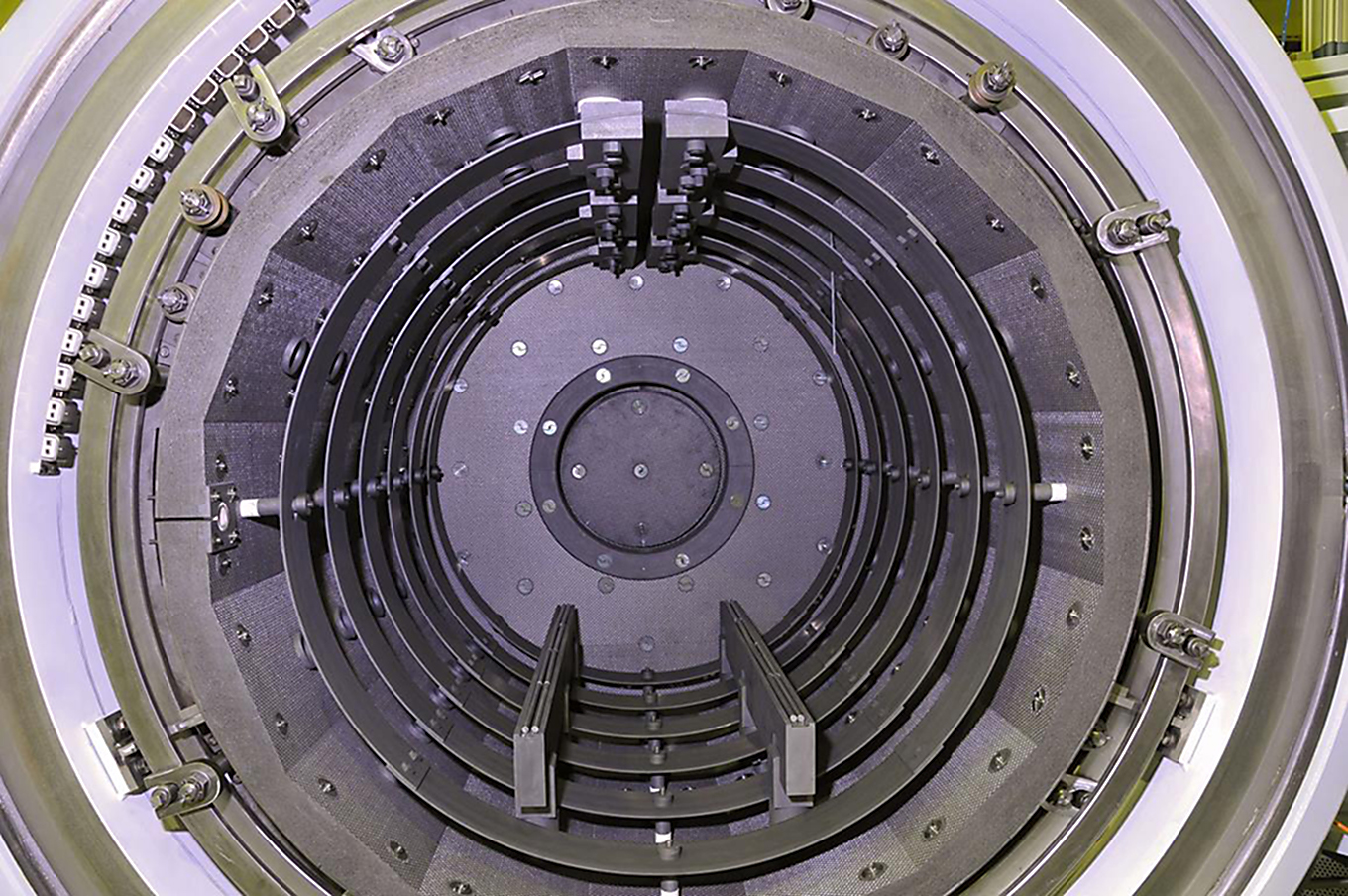
Vector® for the medical industry
In the SECO/WARWICK Group portfolio, the Vector® is by far the most versatile vacuum furnace. The Vector can be used in various technological processes: hardening, tempering, annealing, brazing, and sintering. Its characteristic feature is the low consumption of power and process gases while maintaining high efficiency processing. This most popular solution in the vacuum segment has already found its way to manufacturers of aircraft landing gear along with tool and die extrusions used for aluminum or dental implants.
SECO/WARWICK furnaces from the Vector line prove themselves not only in the brazing processes involved in simple element mass production, they are also perfect for soldering and annealing in the high-tech industry, where the focus is on small precision elements, and the production process itself has many variations related to the selection of materials and shapes of soldered elements.













